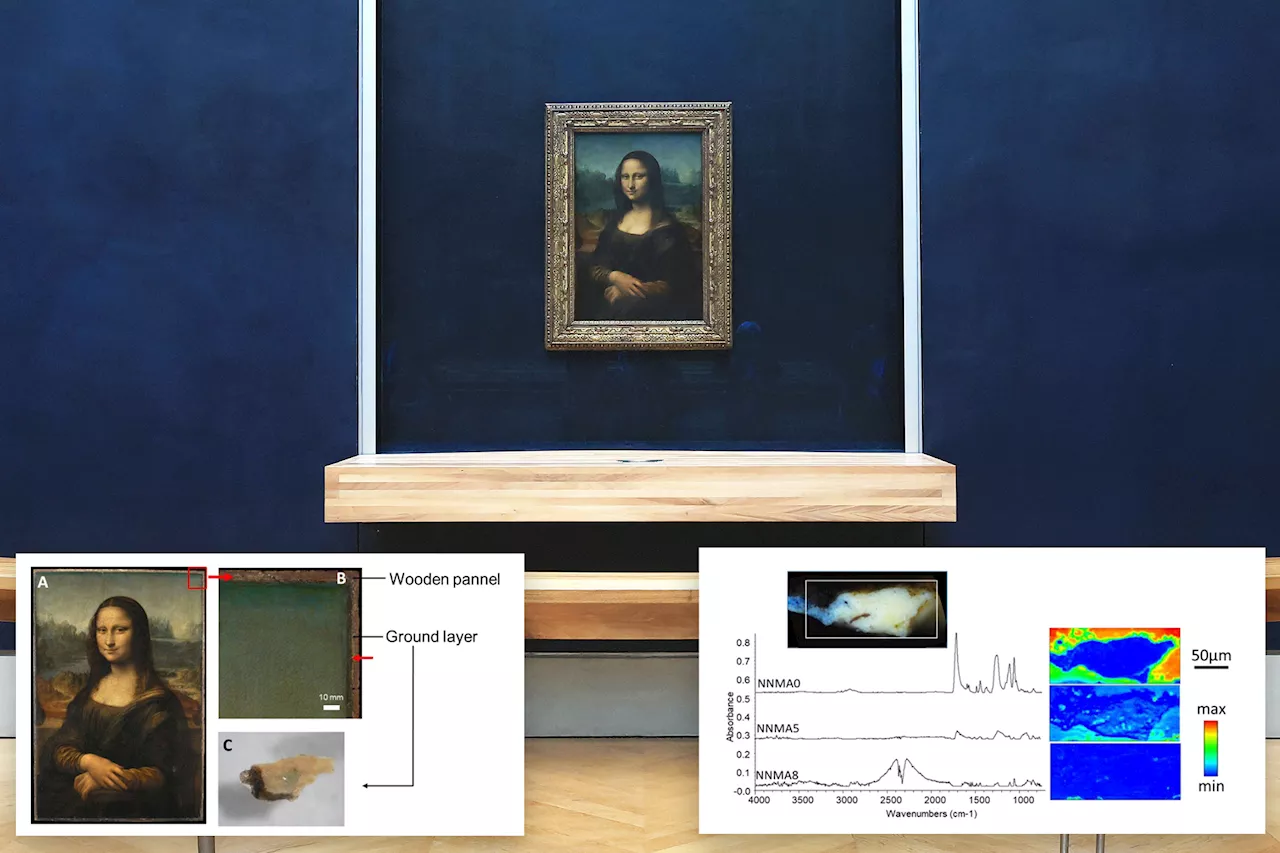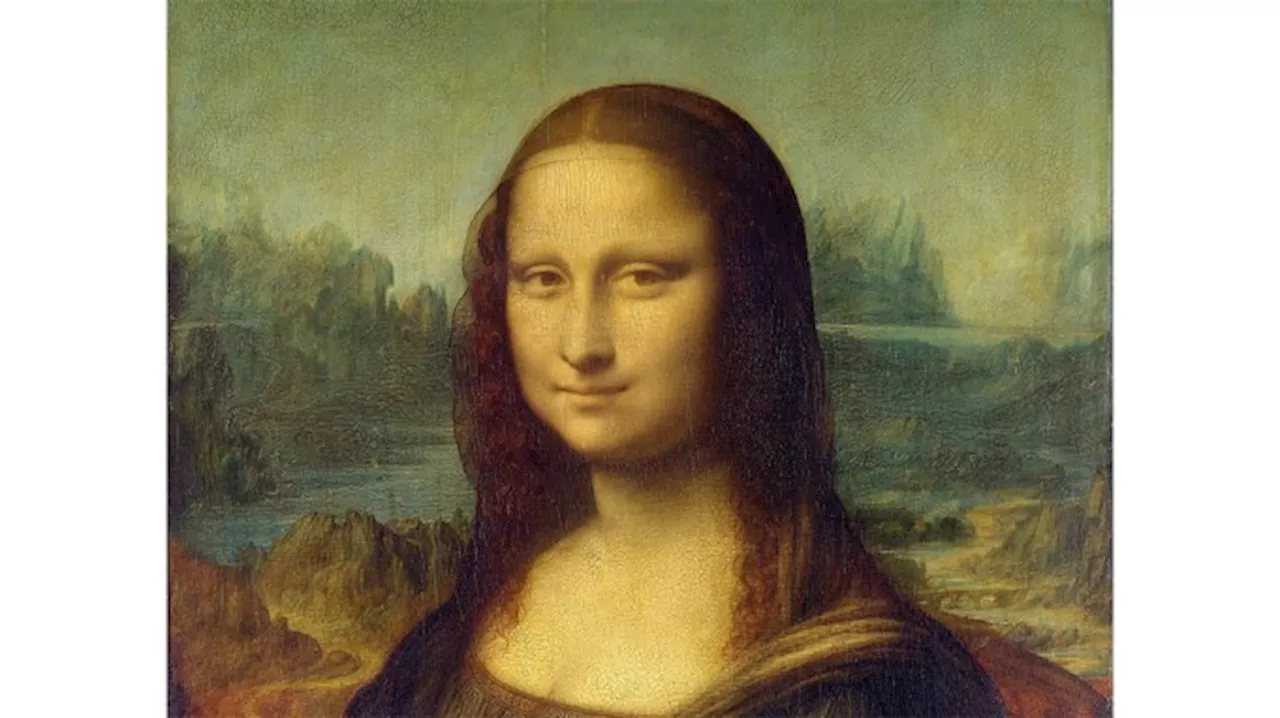Presence of the compound, named plumbonacrite, confirms a long-held theory among art historians.
An Elderly Couple Sold an African Mask for $157. Then It Sold for Millions—and Now They Want to Get Paid.Scientists recently used X-rays to inspect the chemical structure of a speck of the painting, and the findings suggest that This Sensational $36.5 Million Penthouse Is Available on Miami’s Prestigious Fisher IslandUS Residents Flocking to Texas Are Driving Up Home Prices in the Lone Star State
The presence of the rare chemical compound, named plumbonacrite, has confirmed a long-held theory among art historians that Leonardo utilized lead oxide powder to thicken and dry the paint layers of the “He was someone who loved to experiment, and each of his paintings is completely different technically,” Victor Gonzalez, the study’s lead author and a chemist at Scientists at CNRS, a prominent research body, partnered with art historians on the project.
“There are plenty, plenty more things to discover, for sure. We are barely scratching the surface,” Gonzalez said. “What we are saying is just a little brick more in the knowledge.”Kyle Dean Massey and Taylor Frey are Seeking $4 Million for Their Glitzy Las Vegas MansionA Swiss Gallery Is Selling a Recently Restored Rembrandt Painting for $30 Million
United States Latest News, United States Headlines
Similar News:You can also read news stories similar to this one that we have collected from other news sources.
X-rays of the 'Mona Lisa' reveal new secret about Leonardo da Vinci masterpieceNew research suggests the Italian Renaissance master may have been in a particularly experimental mood when painted the 'Mona Lisa' early in the 16th century
Read more »
 Study shares insight on how Leonardo da Vinci painted the ‘Mona Lisa’Samples from Leonardo da Vinci’s “Mona Lisa” and the “Last Supper” suggested that the artist experimented with lead oxide, the Journal of the American Chemical Society said in research that was published Wednesday. Lead oxide causes a rare compound to form under his artwork which is called plumbonacrite.
Study shares insight on how Leonardo da Vinci painted the ‘Mona Lisa’Samples from Leonardo da Vinci’s “Mona Lisa” and the “Last Supper” suggested that the artist experimented with lead oxide, the Journal of the American Chemical Society said in research that was published Wednesday. Lead oxide causes a rare compound to form under his artwork which is called plumbonacrite.
Read more »
 Scientists uncover new secrets about Leonardo da Vinci's 'Mona Lisa'The Louvre Museum where the Mona Lisa resides
Scientists uncover new secrets about Leonardo da Vinci's 'Mona Lisa'The Louvre Museum where the Mona Lisa resides
Read more »
 Scientists winkle a secret from the `Mona Lisa' about how Leonardo painted the masterpieceThe “Mona Lisa” has given up a secret. Scientists used X-rays to peer into the chemical structure of a tiny speck of the celebrated work of art. They came up with a new insight into the techniques used by Leonardo da Vinci when he painted his portrait of the woman with the enigmatic smile. Research published Wednesday in the Journal of the American Chemical Society says the oil-paint recipe he used as his base layer had a distinctive chemical signature. A rare compound in Leonardo’s first layer
Scientists winkle a secret from the `Mona Lisa' about how Leonardo painted the masterpieceThe “Mona Lisa” has given up a secret. Scientists used X-rays to peer into the chemical structure of a tiny speck of the celebrated work of art. They came up with a new insight into the techniques used by Leonardo da Vinci when he painted his portrait of the woman with the enigmatic smile. Research published Wednesday in the Journal of the American Chemical Society says the oil-paint recipe he used as his base layer had a distinctive chemical signature. A rare compound in Leonardo’s first layer
Read more »
 Scientists use X-rays to reveal clue about techniques da Vinci’s used when painting ‘Mona Lisa’Researchers who used X-ray equipment on the 16th-century “Mona Lisa' has gained new insights into Leonardo da Vinci’s painting techniques.
Scientists use X-rays to reveal clue about techniques da Vinci’s used when painting ‘Mona Lisa’Researchers who used X-ray equipment on the 16th-century “Mona Lisa' has gained new insights into Leonardo da Vinci’s painting techniques.
Read more »
 Scientists learn new secret about how 'Mona Lisa' was paintedScientists have gained new insight into the techniques that Leonardo da Vinci used to paint his groundbreaking portrait.
Scientists learn new secret about how 'Mona Lisa' was paintedScientists have gained new insight into the techniques that Leonardo da Vinci used to paint his groundbreaking portrait.
Read more »
